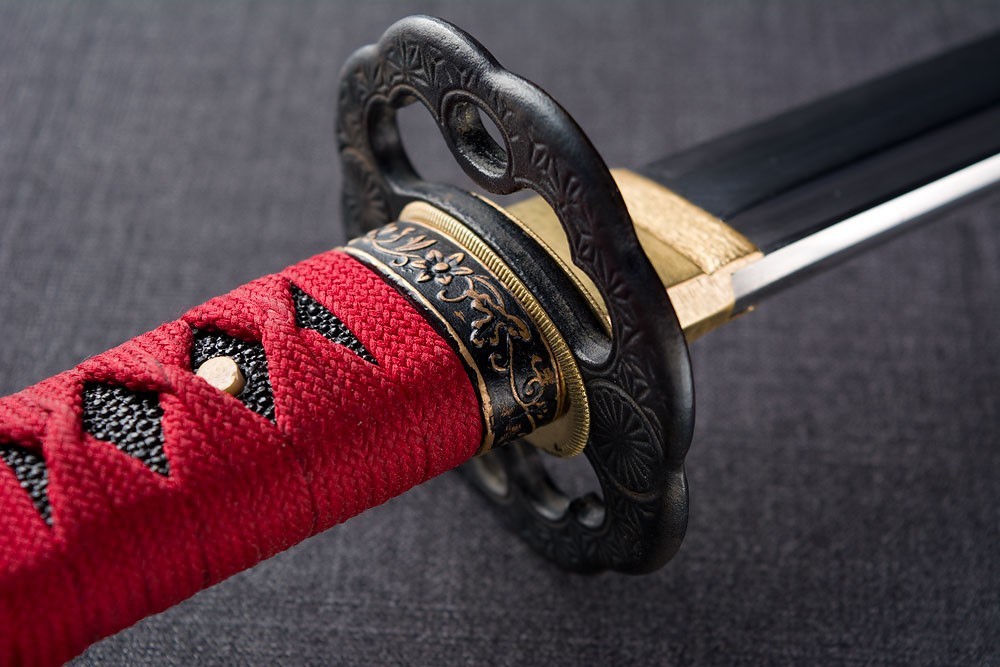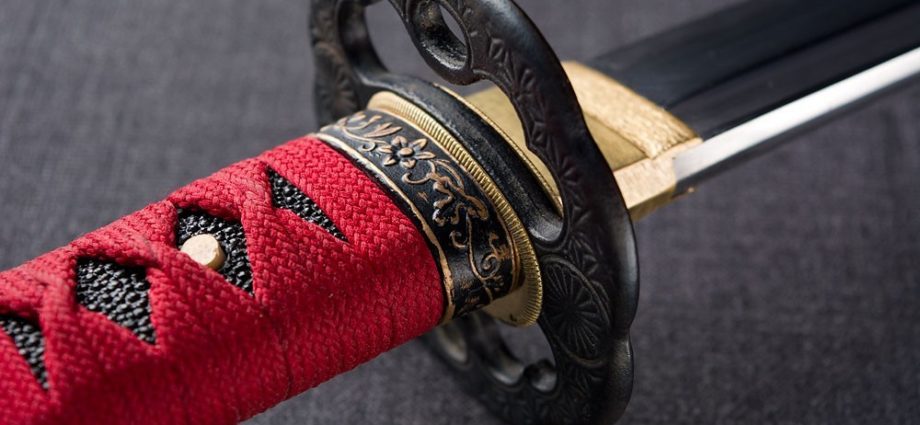 6. The single weak point
6. The single weak point
This one goes hand-in-hand with characters such as the aforementioned Pai Mei, so I might as well describe it next. There is a stock character/style of martial artist in these types of films, usually a bigger guy with a great physique, whose style revolves entirely around the impregnability of his defense. The classic example would be The Toad in 1978’s Five Deadly Venoms, portrayed by the burly Lo Mang, as a fighter whose body is so rigorously trained that it can’t be pierced or damaged by even bladed weapons.
Naturally, the trade-off to “bronze body” or “iron armor” or whatever the technique happens to be called in any given film is that there’s always, always a single weak point on the fighter’s body to counter-balance it. It effectively makes these fighters into the kung-fu equivalent of the Death Star—totally impregnable, except for the one exploitable spot that makes them completely implode. It can be anywhere—the ear, the knee, the groin, etc, etc. The films featuring Pai Mei take this concept to its fanciful extreme—the White Lotus is only vulnerable during certain hours of the day, and he can actually MOVE his weak spot to different parts of his body at will. As I said before: That white hair/mustache multiplier is terrifying.
Ironically, though, “iron body”-type techniques are almost never applied by the eventually successful protagonist. In fact, the practitioners who use this technique are almost always killed eventually, because the spectacle of finding the weak spot simply makes for a good scene. It’s a technique so ostentatious that its users end up dead to serve the plot, whether they’re heroes or villains. You can watch a great example below, which ends with a dude’s groin being squeezed … to death!
7. Sped-up film stock
This one is pretty simple, but fairly easy to recognize. It’s simply a bit of filmmaking trickery employed in the editing room to make fights seem more impressive or skillful than they really are. By slightly fast-forwarding the action during fight sequences, the tumbles, flips and kicks seem all the more impressive and tightly choreographed, while also helping to cover up any imperfections and mistakes made along the way. The technique is common to see in all types of kung-fu film, although it’s probably more common to the z-grade, zero-budget stuff than the more lavish, set piece-driven films starring the industry’s best performers—presumably because they didn’t need the editing trickery to nail their spots.
The slightly sped-up look also gives these scenes a certain visual sense of oddness, in a way that can be difficult to put your finger on. It’s noticeable less in the speed of someone’s movements, and more in the things that look “wrong” if they’re sped up, such as someone falling to the ground. This isn’t necessarily a negative, but more of a factor that gives action sequences a dream-like gauzy veil of unreality.
8. The inverse ninja law
This trope is extremely common, but I first saw it actually named and cataloged in the pages of the excellent webcomic Dr. McNinja, which is about a ninja who is also a medical doctor, if the title was not clear. To quote that definition: “One ninja is an elite and powerful adversary. Multiple ninjas make a group of faceless and incompetent pawns.”
Truer words were never spoken when it comes to kung fu and ninja films in general. Especially when we’re talking about the mooks of the villain, the inverse ninja law is infallible: The more bad guys there are, the less competent and threatening they must be, by default. It simply makes good storytelling sense—you can’t exactly have the hero get immediately beat down by a horde of faceless, nameless goons. It’s the hero’s job to wreck that horde and show off what a badass he is/what great training he’s received, and then apply those new skills toward the real adversaries, who may be the earlier mentioned Quirky Miniboss Squad or the Big Bad himself. Of course, this trope goes hand in hand with so-called “mook chivalry”—the tendency of these faceless goons to fight the hero one at a time instead of truly using their numbers to their advantage. The Shogun’s endless hordes of ninjas in Shogun Assassin provide a perfect example of the trope.
It just goes to show that in the end, there’s no liability more likely to lead to death in these movies than a lack of characterization. If you’re a fighter without a name or character, then you’re clearly about to get your ass kicked. The trope is so popular that American action movies have always been rife with it. Where would Rambo be, without the inverse ninja law?
9. The womanly martial arts
The vast majority of women in classic kung fu cinema are depicted as more or less powerless, but female fighters do occasionally present themselves. However, you’re not going to see the girl next door kicking ass with her tiger-style kung fu, or rocking the nunchucks. When they do fight, the women of these films regularly seem to incorporate a more womanly, “modest” brand of martial arts. In doing so, they tend to trade aggression and killer instinct for a combination of flips and prancing that look more like a Simone Biles floor routine than a deadly weapon. And if they do get to practice one of say, the classic animal kung fu styles, it’s almost always Crane style, which is apparently the most “feminine.”
In some rare cases, though, such as 1978’s Heroes of the East, this trope does get subverted in an interesting way. In that film, Gordion Liu’s Chinese protagonist marries a Japanese girl and is shocked by her uncouth, immodest style of karate. As the chauvinist husband, he insist she instead learns more ladylike Chinese martial arts, but eventually learns the error of his boorish ways … after fighting a bunch of Japanese guys along the way. But this is very much the exception, rather than the rule.
10. The improbable/obtuse training gauntlet
There are probably people out there who believe that the sports training montage began with Rocky, but it’s been a signature feature of kung fu cinema for as long as kung fu cinema has existed. Indeed, for some viewers, the training sequences are the entire reason they watch these types of films, as they tend to blend entertaining comedic pratfalls with exhibitionist displays of pure athleticism. In fact, some films make the training sequences into the real meat and potatoes of the plot—just look at 1978’s The 36th Chamber of Shaolin, hailed as one of the greatest kung fu films of all time. It tells the story of a young student who flees a violent regime and takes shelter at the Shaolin temple, where he slowly begins to learn the mysteries of kung fu. The resulting, Herculean tasks train specific body parts, such as his hand-eye coordination, jumping ability or simply the toughness of his skull. The amount of detail put into each chamber is frankly absurd—the below clip is almost five minutes of just training his wrist strength. Seriously, kung fu movies are all about training sequences.
At the same time, this trope is often delivered sneakily as well, by having the protagonist complete various menial tasks that he doesn’t realize are training at the time. Perhaps sweeping or chopping onions improves his hand-eye coordination, or carrying buckets of water improves his strength. Remember “wax-on, wax-off” from The Karate Kid? That’s what we’re talking about here. It all feeds into a tenant that is universally understood throughout martial arts cinema: Intense training can imbue a person with literally any ability or power. In that sense, one might call kung fu one of the most optimistic of all film genres, don’t you think?
